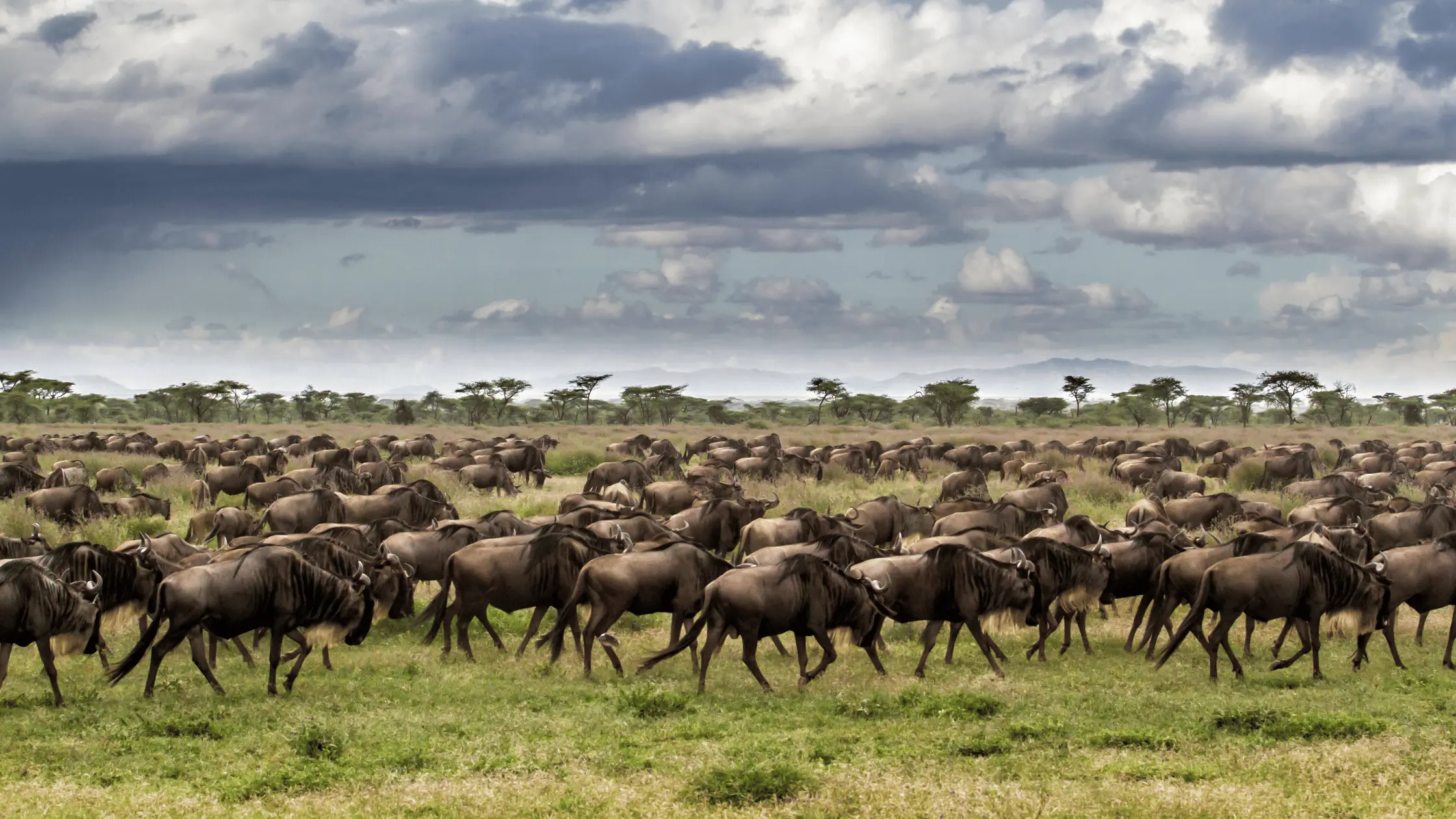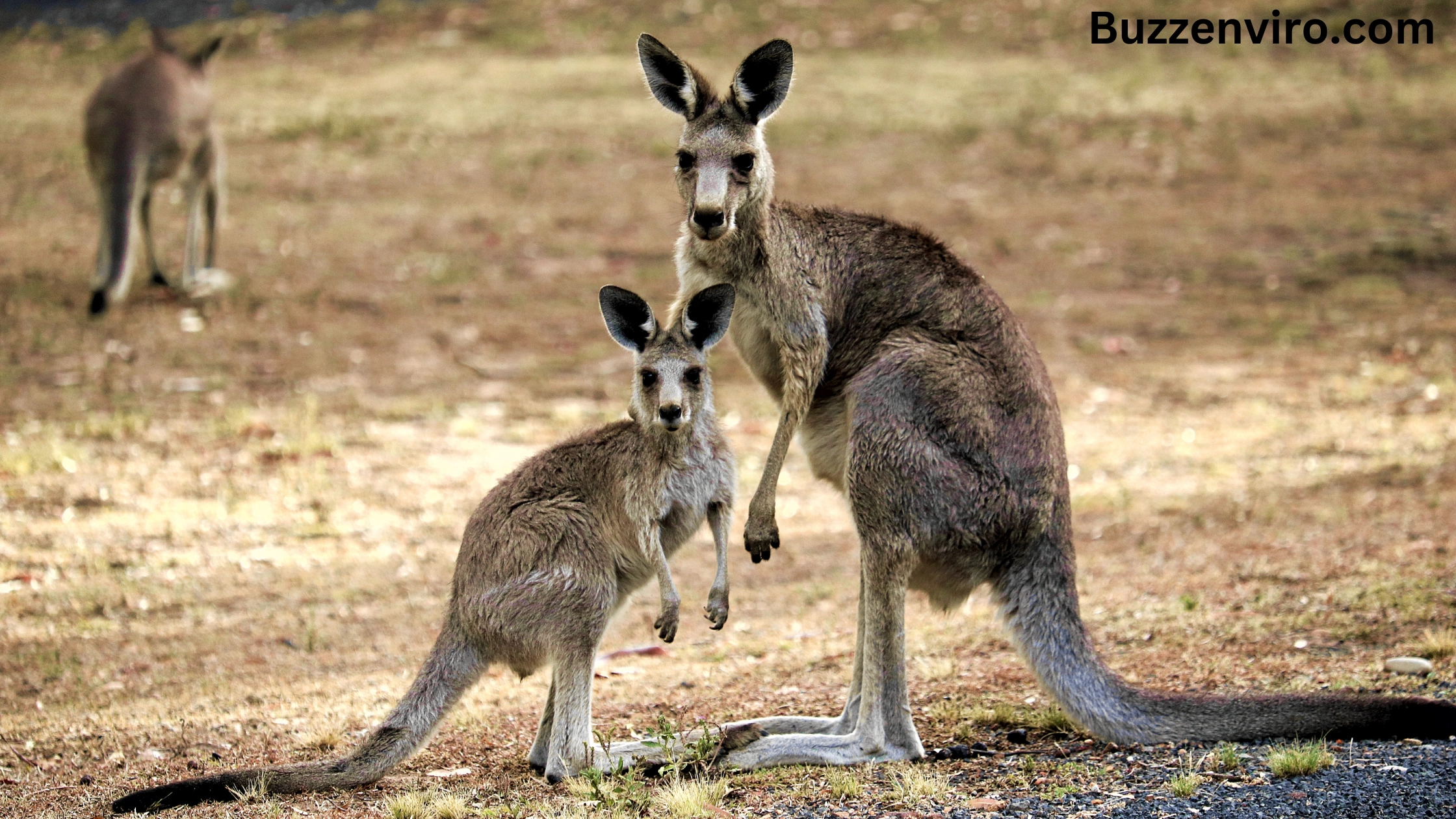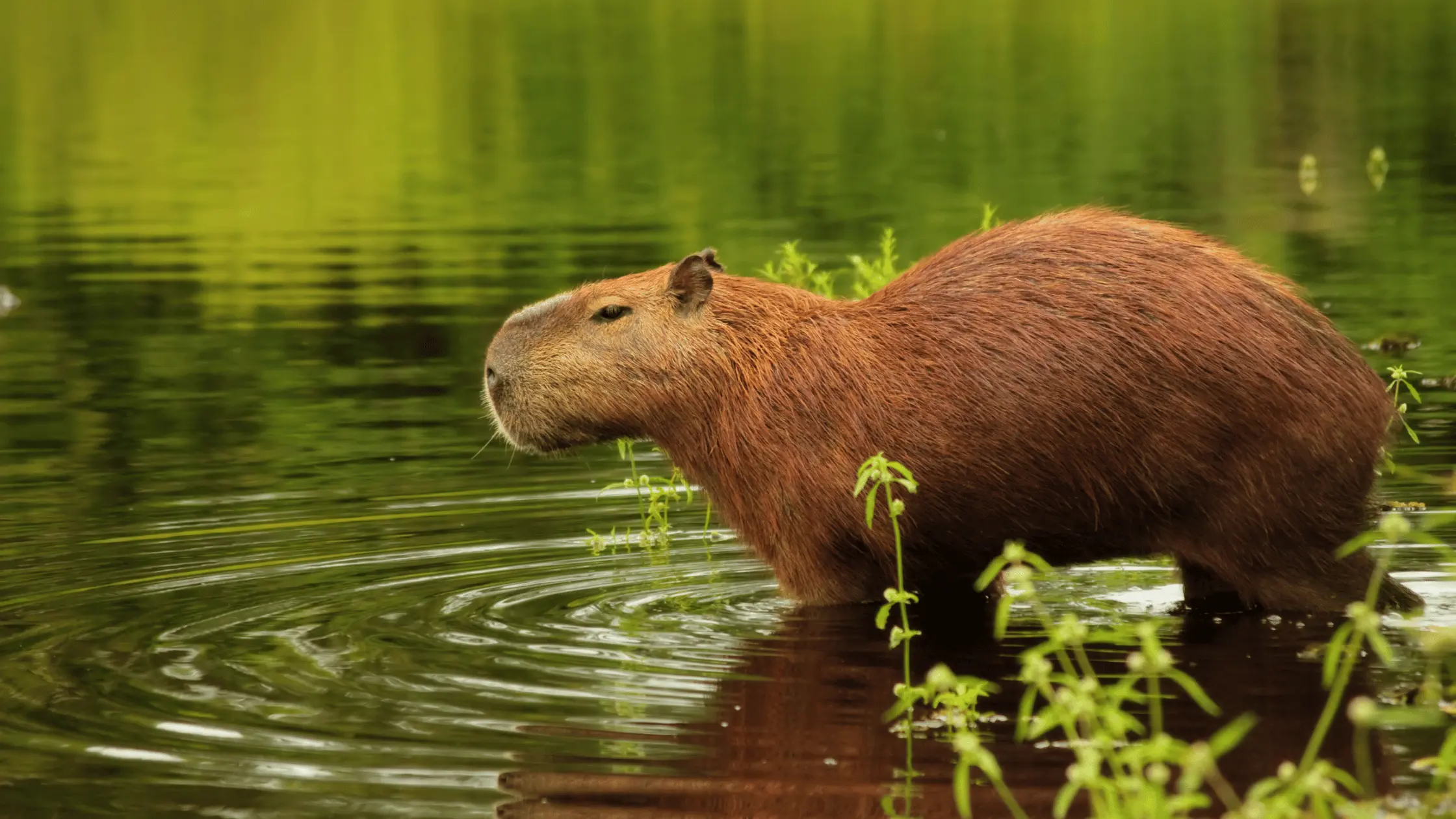A National Park in India is more than just a protected space; it serves as a vital refuge for endangered species and unique ecosystems. India’s vast and varied geography has blessed the country with an incredible array of flora and fauna. In this blog, we will explore some of the top National Park in India, including the largest one, highlighting their significance in conservation efforts.
1. Jim Corbett National Park, Uttarakhand

Established:- 1936
Significance:- As the oldest national park in India, Jim Corbett is often considered the birthplace of one of the famous National Park in India. The park, located in the Himalayan foothills, was created to protect the Bengal tiger, and it became the first Tiger Reserve under Project Tiger in 1973.
Key Features:
- Dense forests of sal trees, rivers, and grasslands.
- Home to the Bengal tiger, Asiatic elephant, and leopards.
- Rich birdlife with over 600 species recorded.
Conservation Efforts: Corbett is a major focus of tiger conservation efforts and a hub for biodiversity research.
2. Kaziranga National Park, Assam
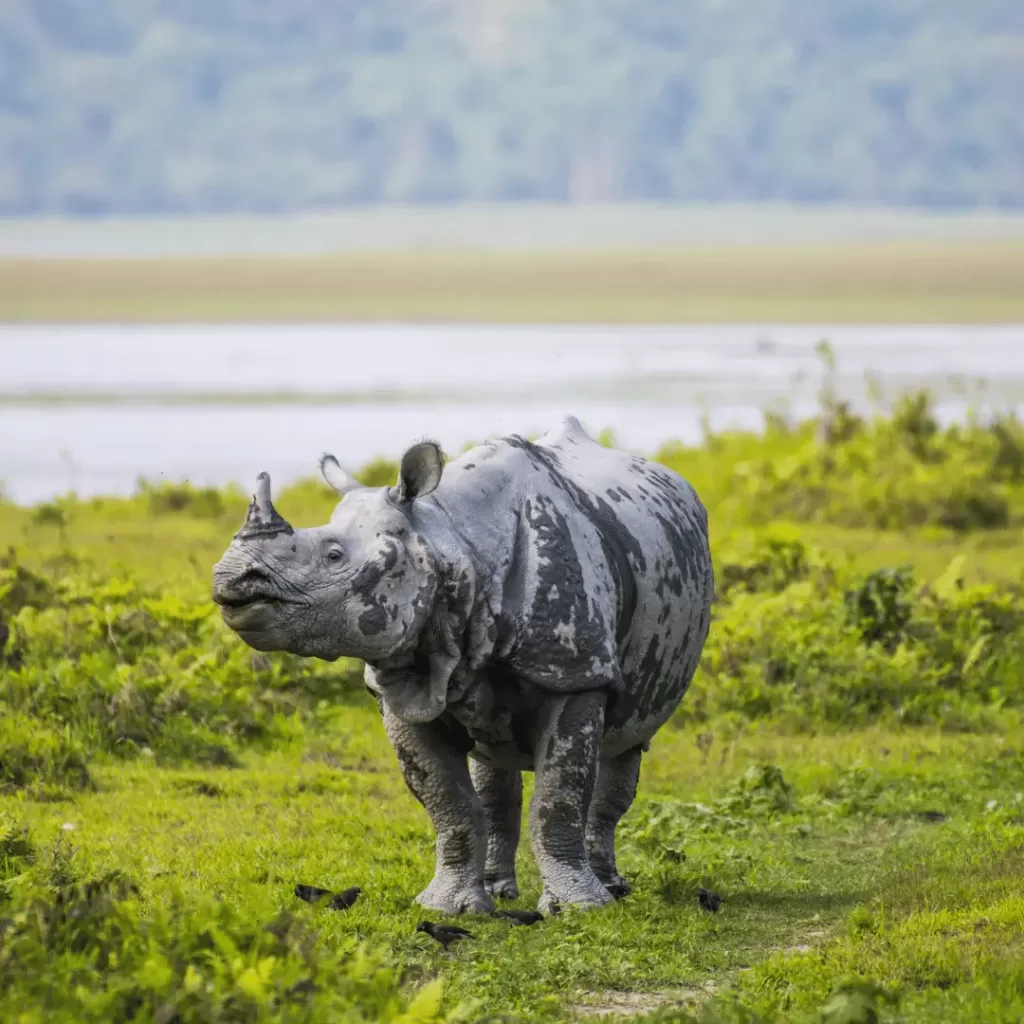
Established: 1905
Significance: Kaziranga is a UNESCO World Heritage site, known primarily for its population of the one-horned rhinoceros. Spread across the floodplains of the Brahmaputra River, this park has a unique ecosystem that is vital for the survival of several endangered species.
Key Features:
- Home to two-thirds of the world’s one-horned rhinoceroses.
- Populations of elephants, tigers, wild water buffalo, and swamp deer.
- A haven for bird species, including migratory birds.
Conservation Efforts: The successful recovery of the rhinoceros population is a remarkable conservation story, achieved through coordinated anti-poaching efforts and habitat management.
3. Sundarbans National Park, West Bengal
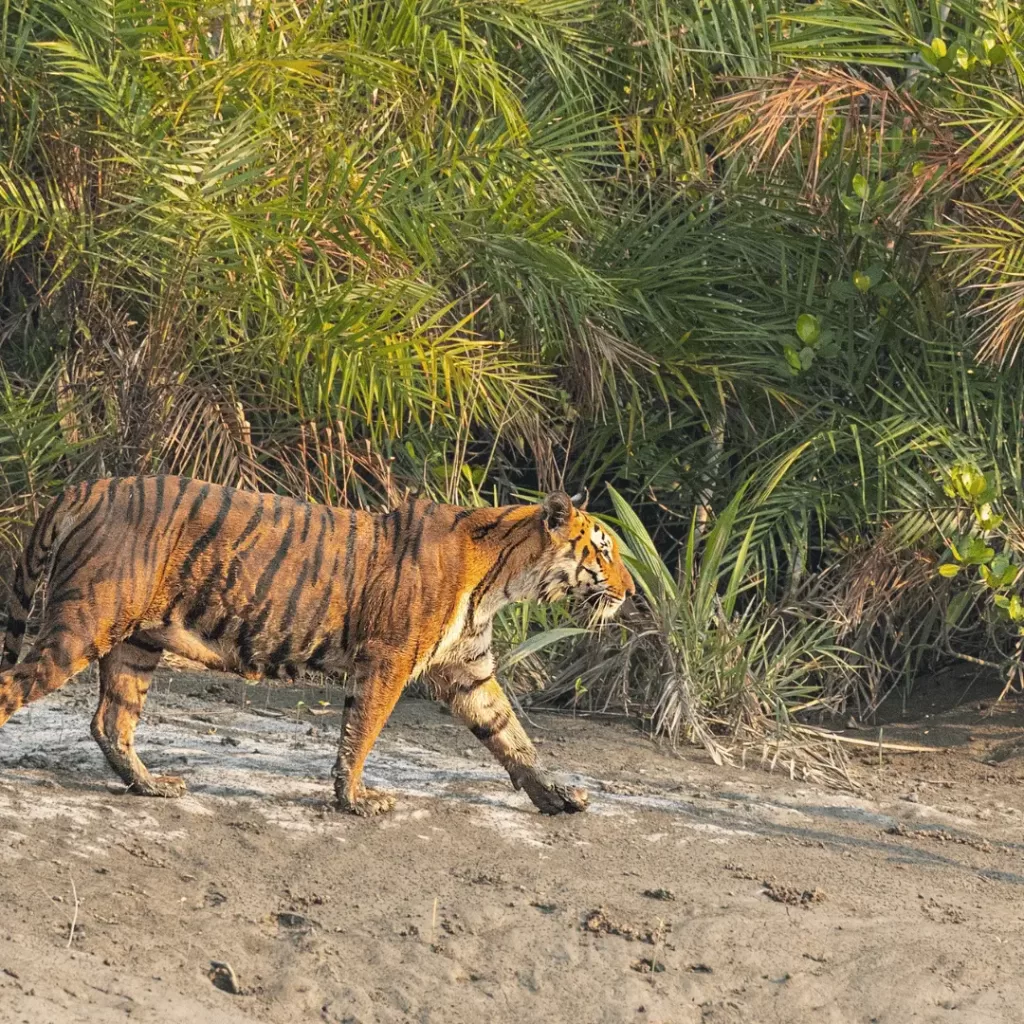
Established: 1984 (as a National Park)
Significance: Located in the largest tidal halophytic mangrove forest in the world. The Sundarbans is one of the National Park in India located in the world’s largest mangrove forest, is famous for its Royal Bengal tigers. This park is part of a UNESCO World Heritage site and a Ramsar Wetland, highlighting its global importance for biodiversity.
Key Features:
- Home to the elusive Royal Bengal tiger, adapted to swim between islands.
- Mangroves that support a range of species, including estuarine crocodiles and fishing cats.
- A critical breeding ground for many aquatic species.
Conservation Efforts: The unique challenges of protecting wildlife in a mangrove ecosystem, including rising sea levels and poaching, are addressed through integrated conservation programs and community involvement.
4. Gir National Park, Gujarat
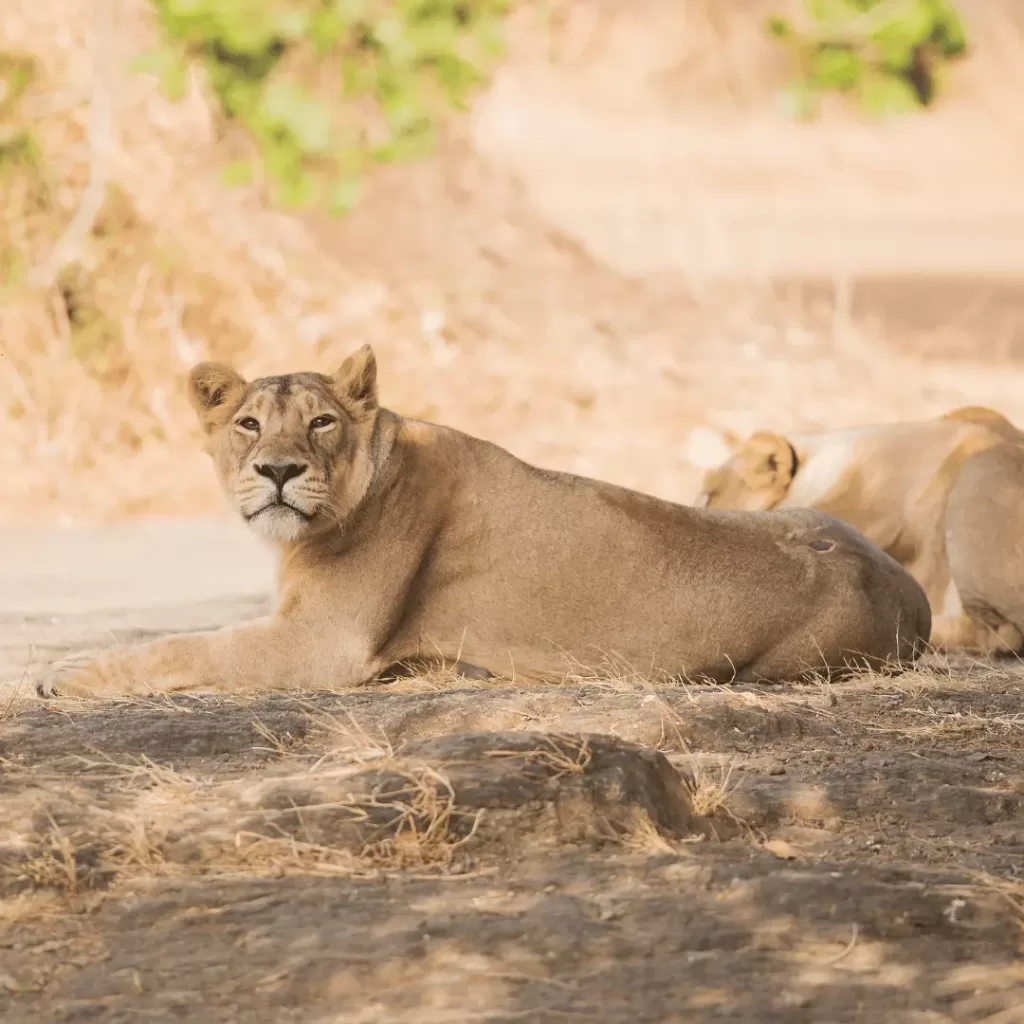
Established: 1965
Significance: Gir National Park is the only remaining habitat of the Asiatic lion, which once roamed large parts of Asia. The park’s conservation efforts have successfully revived the population of this endangered species.
Key Features:
- The only place in the world where Asiatic lions can be seen in the wild.
- Dry deciduous forests that are also home to leopards, hyenas, and deer species.
Conservation Efforts: The Asiatic lion population has grown significantly due to strict protection measures, making Gir a model for species-specific conservation efforts.
6. Manas National Park, Assam
Established: 1928
Significance: Another UNESCO World Heritage site, Manas National Park is recognized for its scenic beauty, biodiversity, and status as a tiger and elephant reserve and it is crucial National Park in India. It lies at the foothills of the Eastern Himalayas and shares a border with Bhutan.
Key Features:
- Home to rare species like the golden langur and pygmy hog.
- Important for tiger and elephant conservation.
- The park’s grasslands and riverine habitats support a high level of biodiversity.
Conservation Efforts: Once affected by insurgency, Manas has seen a remarkable recovery in recent years, thanks to extensive conservation work and habitat restoration.
7. Bandipur National Park, Karnataka
Established: 1974
Significance: Bandipur is part of the Nilgiri Biosphere Reserve and is one of the major reserves for Project Tiger. The park is characterized by its diverse landscapes, which include dry deciduous forests and grassy plains.
Key Features:
- A vital corridor for elephants and tigers.
- The region also supports species like sloth bears, Indian gaurs, and various birds.
Conservation Efforts: Bandipur has played a significant role in protecting the Asian elephant and tiger populations, with ongoing efforts to reduce human-wildlife conflicts.
Conclusion
National Park of India are vital for the preservation of some of the world’s most remarkable species and ecosystems. These protected areas not only ensure the survival of endangered animals like the Bengal tiger, Asiatic lion, and one-horned rhinoceros but also maintain the balance of nature. Each sanctuary plays a critical role in the country’s conservation efforts, providing refuge for wildlife while promoting sustainable tourism and research.
Understanding the importance of these sanctuaries and supporting conservation initiatives is crucial for safeguarding India’s rich biodiversity for future generations.
